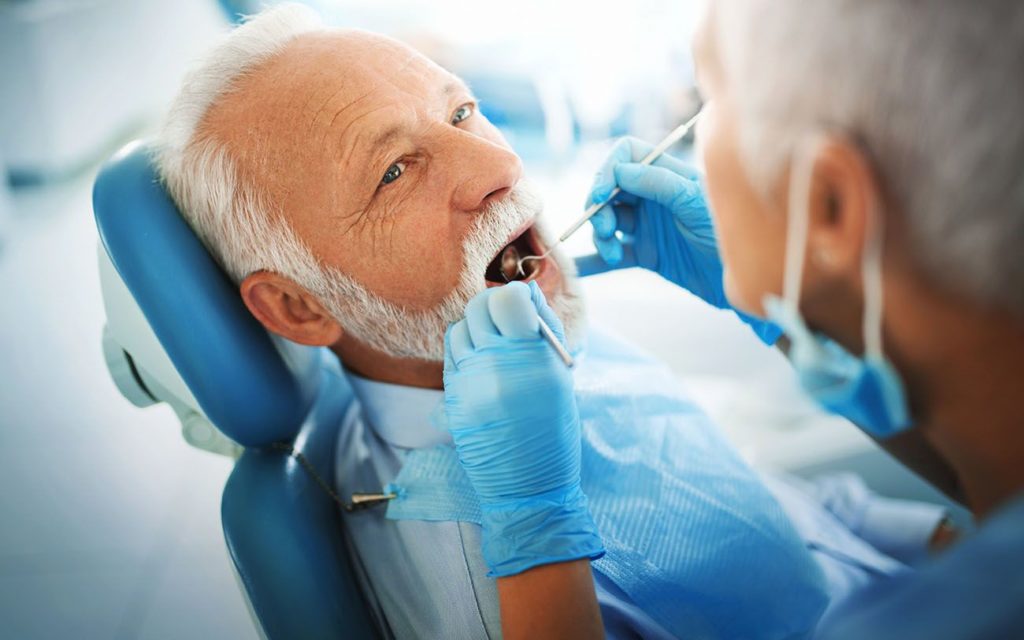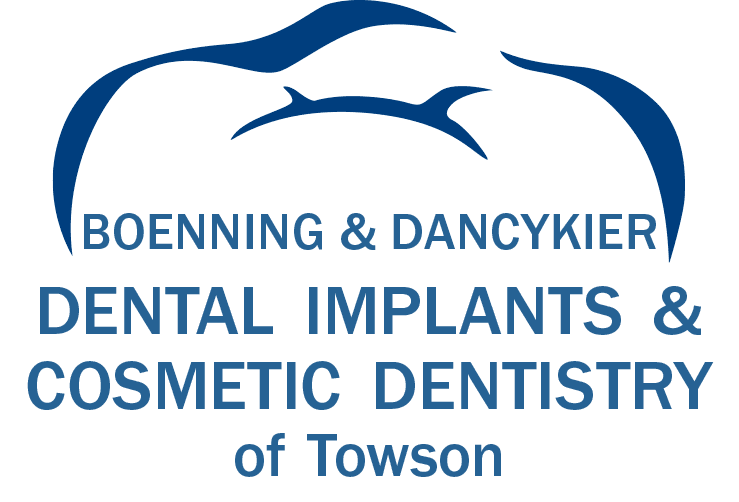Enamel refers to the outermost layer of your tooth, which provides protection for the more vulnerable dental interior. Though durable, enamel can weaken or grow damaged over time in a number of ways, including erosion, in which the tooth is eaten away.
This type of damage differs from tooth decay, a dental problem that many people experience in its early stages as a cavity. But both decay and enamel erosion can result in significant structural dental harm. Read on to learn more about these two dental problems, how they link to each other, and how you can prevent them.

Permanent Tooth Damage from Enamel Erosion
Enamel erosion will cause irreversible structural damage to your tooth. Once gone, enamel cannot regenerate. While a dentist can employ restorative dental solutions to replace lost or weak enamel, you should ideally protect the natural structure of your smile as much as you can.
Enamel erosion can occur for a number of reasons. But the leading cause is consuming acidic foods and drinks, like citrus fruits and juices. These will eat away at your teeth as you eat them. Sugary items will have a similar effect, which is why your dentist asks you to limit these foods in your diet.
Poor oral hygiene will allow the natural oral bacteria to spread with ease through your mouth. The plaque will eat away at your dental structure too, so you should brush your teeth, floss, and visit your dentist for cleanings as directed by your dentist.
Eroded enamel can make your teeth appear discolored or misshapen. You might also feel tooth sensitivity where worn enamel exposes the nerves in the interior of your teeth. Call your dentist if you suspect you have this type of dental damage.
Oral Bacteria Causes Tooth Decay
Tooth decay will result in enamel damage too, but it differs from dental erosion. Decay occurs when bacteria in the mouth penetrate the enamel and begin to eat away at the dental structure.
The damage stems from the bacteria rather than other factors. This will leave holes in the teeth known as cavities. Decay will not go away on its own, and the cavities will deepen and worsen into advanced decay without treatment from your dentist.
A dentist can treat a cavity with a filling. But as mentioned, you should protect your natural smile as much as you can. When you work to prevent enamel erosion, you can reduce your risk of cavities too.
When you have weakened enamel from erosion, bacteria can more easily access your teeth and cause decay. So these two dental problems can go hand in hand. Continue good oral hygiene and avoid poor oral habits to preserve your smile.
Consult with your dentist to find the best preventative care for your smile. Attend routine dental check-ups where a dentist can diagnose and treat cavities early before the problem becomes severe.
